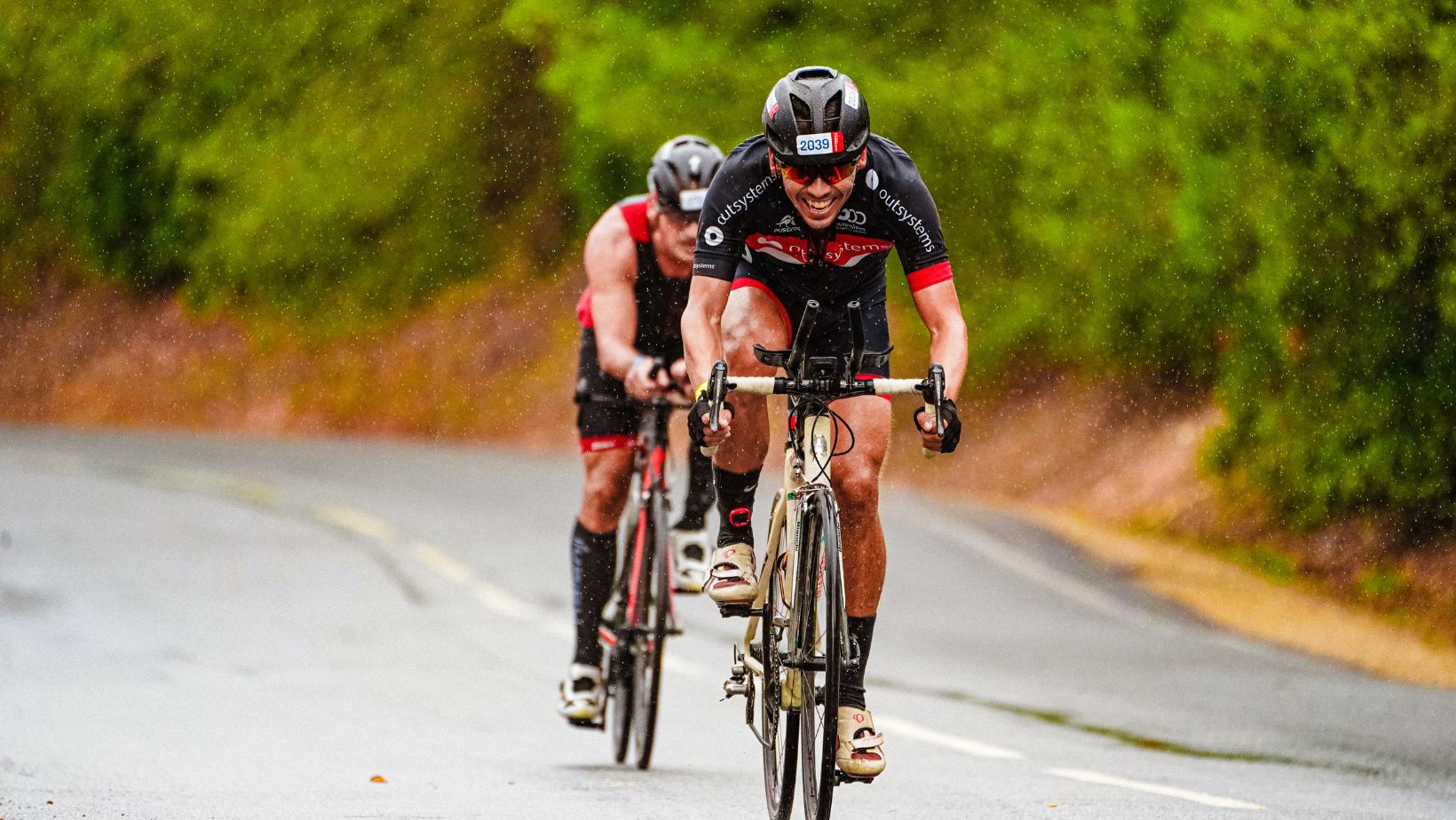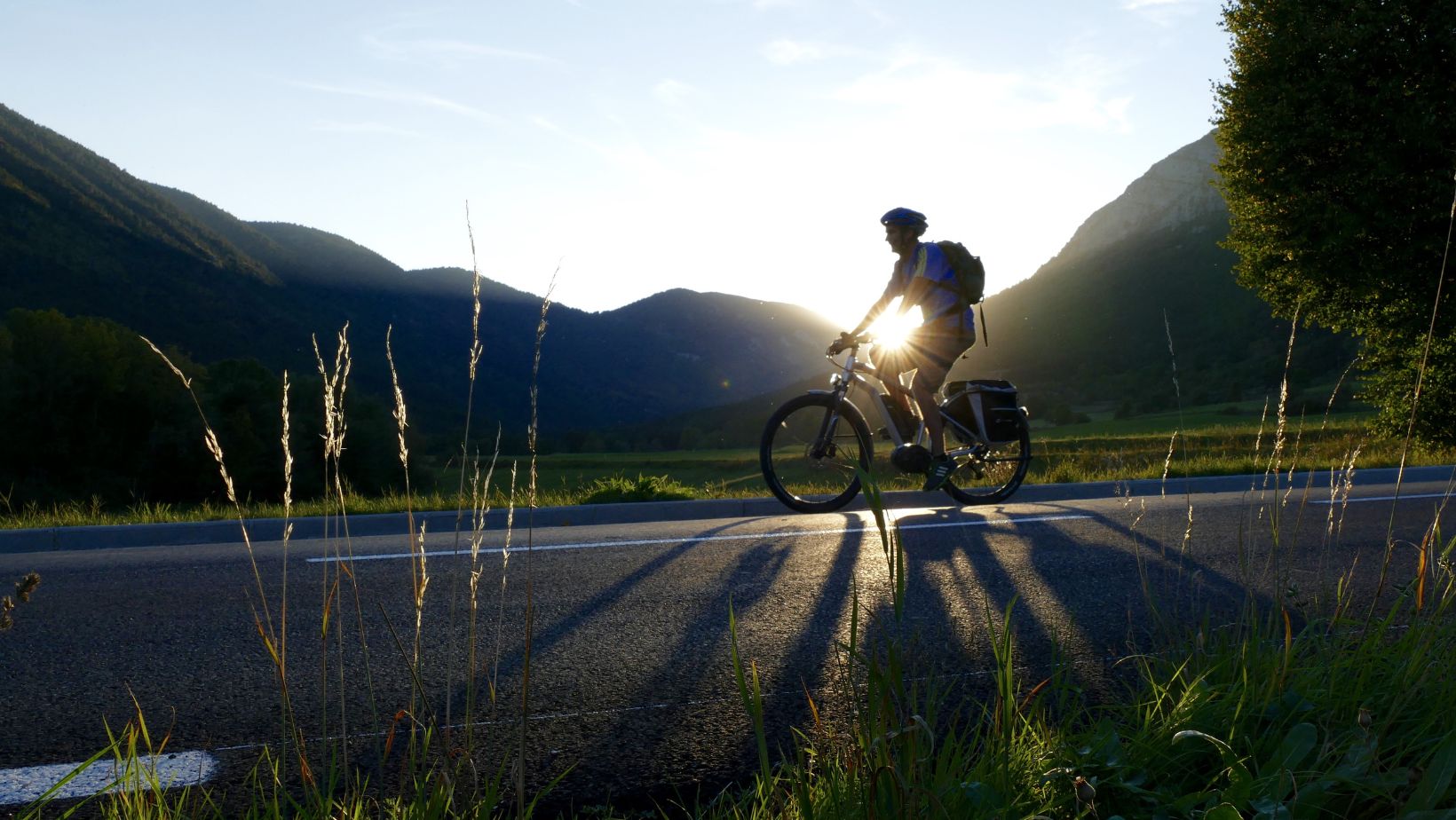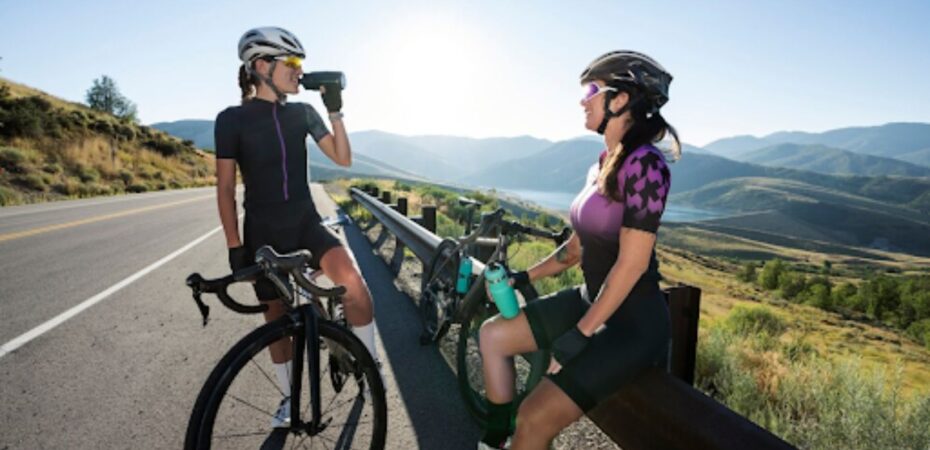Traveling by bicycle with standard bikes and e-bikes allows people to discover exciting places in their journeys. Short biking trips unite recreational cycling with exploration of new locations as an ideal choice for people organizing these types of adventures. Before picking between bicycle or e-bike travel, you need to carefully prepare for your short biking adventure.
The article details essential components for future biking escapades by showing how to select bikes, create routes, and organize packing. The guide contains information that helps both experienced cyclists and novice biking travelers create their dream adventure.
1. Choosing the Right Bike for Your Trip
Before starting a bike travel journey, you need to choose the correct bike that matches your needs. Your decision process for choosing a bike includes three essential components: terrain type, travel duration, and bicycle selection or e-bike options.
Traditional Bicycles vs. E-Bikes
A traditional bicycle is ideal for those looking to get a full physical workout. These bikes are lightweight, easy to maintain, and provide a satisfying challenge on various terrains. If you’re planning a trip on paved roads or well-maintained trails, a standard bicycle will serve you well.
However, if you want to make the ride easier or plan to cover longer distances without tiring yourself, you might want to consider an e-bike. E-bike tours have gained popularity because they offer electric assistance, making it easier to climb hills and ride longer distances without as much effort. If you want to try an e-bike, the ENGWE L20 3.0 Pro might be a great choice. This compact full-suspension e-bike comes with a 250W motor and a range of up to 160 km, making it perfect for short bike travel adventures. Its smooth suspension and powerful motor make it ideal for both city streets and rugged trails.
Bike Size and Comfort
Ensure that your bike is the right size and comfortable for the duration of your trip. This is especially important if you plan to ride long distances. A well-fitted bike will prevent discomfort and reduce the risk of injury. Test the bike for a few short rides before embarking on your adventure. For a more outdoor-focused adventure, the ENGWE Engine Pro 2.0 is another excellent choice, especially for challenging terrains. It features a 75Nm high-torque motor, full suspension, and a range of up to 110 km on a single charge. This bike is perfect for those looking to conquer hills and enjoy smooth rides in nature.
2. Plan Your Route
Once you’ve chosen your bike, the next step is to plan your route. Whether you’re taking a bicycle adventure or traveling on an e-bike, knowing where you’re going will help you prepare for the terrain and decide how long you should ride each day.
Consider Terrain and Distance
When planning a short bike trip, take into account the type of terrain you’ll be cycling on. If you’re riding through cities or on well-paved trails, you can ride longer distances with less effort. However, if you’re venturing into more rugged areas, such as mountain paths or dirt trails, you’ll need to adjust your expectations and plan for shorter, more leisurely rides.
Use Bike-Specific Apps
There are several bike travel apps that can help you find the best routes. These apps allow you to plan your trip based on the difficulty level, type of terrain, and scenic value. You can also track your progress during the ride and make adjustments as necessary.
Map Out Rest Stops and Attractions
Along your journey, it’s important to map out potential rest stops. You’ll want to plan for places to eat, take breaks, and, if needed, find accommodations. If your trip involves staying overnight, research campsites or hotels along the route. Don’t forget to check for nearby bike shops in case you need any repairs or spare parts.
3. Packing Essentials for Bike Travel
Packing light is crucial for a successful short bike trip. You’ll need to pack only the essentials to ensure you stay comfortable and avoid overloading your bike.
Basic Gear
- Helmet: Always wear a helmet for safety. Ensure it fits well and is comfortable.
- Cycling Gloves: Gloves can protect your hands from blisters and provide comfort during long rides.
- Panniers or Bike Bags: These will allow you to carry your gear without overloading your bike. Make sure your bags are waterproof to protect your items in case of rain.
- Lights and Reflectors: If you plan to ride in low-light conditions or at night, bike lights and reflectors are essential for safety.
Clothing and Tools
- Comfortable Clothing: Wear moisture-wicking clothes to stay dry and cool. Cycling-specific shorts and jerseys are ideal.
- Basic Repair Kit: Carry a pump, tire patches, spare tubes, and a multi-tool for any minor repairs along the way.
- Water and Snacks: Stay hydrated and keep energy-boosting snacks, such as nuts or granola bars, with you.
Charging Your Devices
If you’re using an e-bike, you’ll want to bring along a charger and ensure you have access to a power source. Some e-bikes, like the ENGWE electric bikes, come with ultra-fast charging capabilities, allowing you to recharge in just two hours, which can be especially handy during long trips.
4. Fitness and Preparation
If you’re planning to ride long distances or tackle challenging terrain, it’s important to prepare your body for the trip. Begin training a few weeks ahead of time by going on shorter rides and gradually increasing your distance. This will help improve your stamina and overall fitness level, making your trip more enjoyable.
5. Safety and Insurance
Safety should always be a priority when bike traveling. Make sure your bike is in good condition before you start your journey. A pre-trip bike check-up is highly recommended, especially if you’ve been riding a while and haven’t done any maintenance.
Additionally, consider investing in bike travel insurance, which can cover the cost of bike repairs, medical emergencies, and trip interruptions.
6. Enjoy the Ride!
The final step is to enjoy your journey. Bike travel is all about the freedom to explore at your own pace and take in the scenery. Take breaks when you need to, enjoy the sights, and share the experience with friends or fellow riders.
Conclusion
Planning the perfect short bike travel adventure requires careful preparation and attention to detail, from choosing the right bike (whether a traditional bicycle or an e-bike) to planning your route and packing efficiently. By following the steps outlined in this article, you’ll be well on your way to an unforgettable bicycle adventure.


 By
By 



